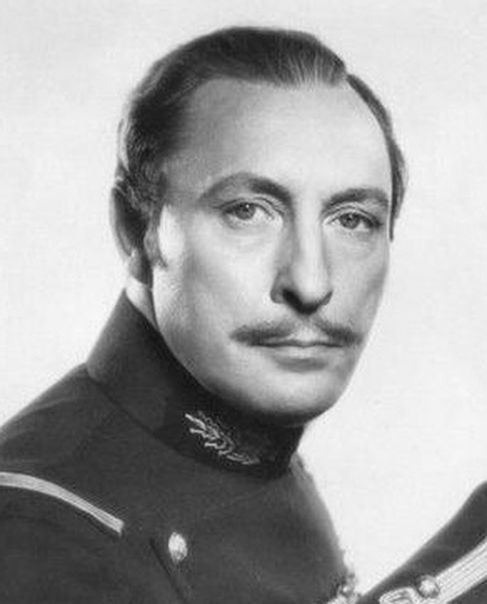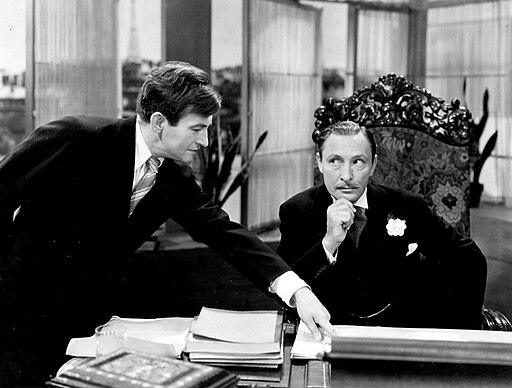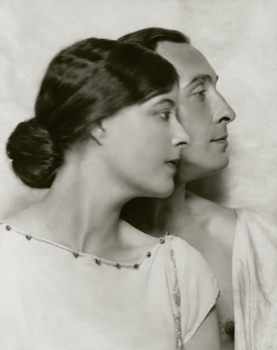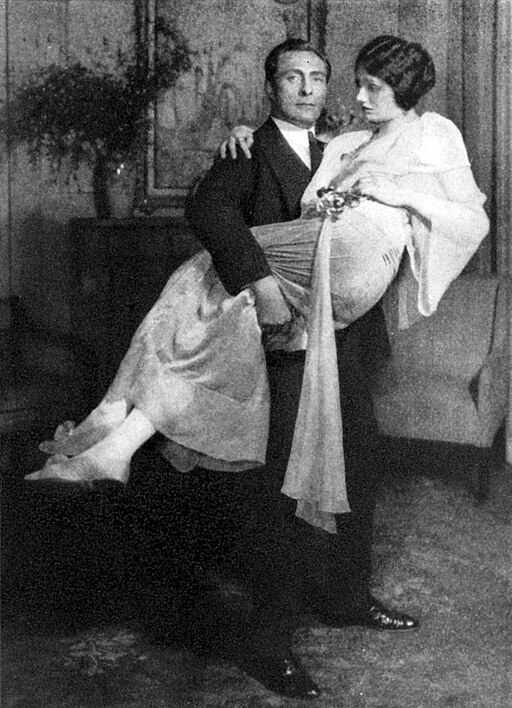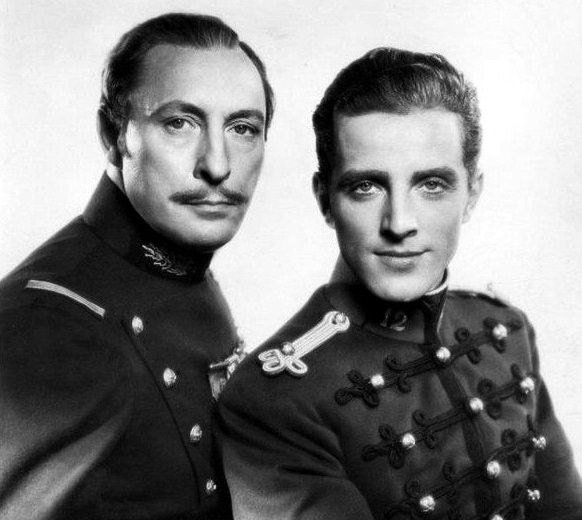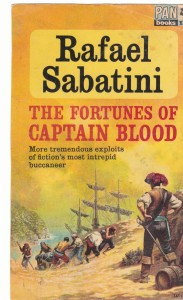Lionel Atwill
back| Full Name | Lionel Alfred William Atwill |
| Stage Name | Lionel Atwill |
| Born | March 1, 1885 |
| Birthplace | Croydon, Surrey, England |
| Died | April 22, 1946 |
| Buried | Ferncliff Cemetery and Mausoleum, Hartsdale, New York, USA |
| Married to | Phyllis Ralph (1913, until her death in 1914) - Louise Cromwell Brooks (1919-1928) Elsie Mackay (1930-1943) - Mary Paula Shilstone (1944 until his death in 1946) |
| Children | Lionel Anthony Atwill (born to his first wife) and a son with Mary Paula Shilstone |
| Notable films | Doctor X (1932) - Mystery of the Wax Museum (1933) - The Hound of the Baskervilles (1939) - Son of Frankenstein (1939) |
Lionel Atwill
The Aristocrat of Horror
Lionel Atwill's career spanned both stage and screen, starting with his stage debut in 1904. He first appeared on the London stage and moved to Broadway in 1915. His suave appearance and baritone voice made him a natural for sophisticated villain roles, which became his trademark in Hollywood.
Atwill moved to Hollywood in the early 1930s, where he quickly established himself as a popular character actor with a specialty in horror films. His portrayals often lent a touch of class and menace to the sinister roles he played. Besides horror, Atwill also appeared in various other genres, demonstrating his versatility.
Related
Lionel Atwill (1885 – 1946)
Biography and Career Overview
Lionel Atwill was a prominent actor in the early to mid-20th century, whose urbane villains and mad scientists made him a mainstay of the horror genre during the golden age of Hollywood cinema.
Early Life and Beginnings
Lionel Alfred William Atwill was born on March 1, 1885, in Croydon, Surrey, England. The son of a wealthy merchant, Atwill was educated at The King's School in Canterbury. He showed an early interest in the arts—a passion not wholly supported by his father, who had envisioned a more conventional career for him in business or law. Nevertheless, Atwill was determined to pursue an acting career, and after some initial resistance, he made his stage debut in 1904. His early years in acting were spent in the London theatre scene, where he honed his craft before moving to the United States.
Broadway Success and Transition to Film
Atwill's relocation to New York City in 1915 marked the beginning of his American stage career. He quickly became known for his compelling performances in Broadway productions. His portrayal of sophisticated and often sinister characters caught the attention of Hollywood, and by the early 1930s, Atwill had transitioned to the silver screen. His American film debut came in 1932 with "Doctor X," establishing him as a talented actor capable of bringing an air of menace and authenticity to the horror genre.
Hollywood Career and Notable Roles
Throughout the 1930s and 1940s, Atwill became synonymous with the horror film genre. His notable performances include roles in "Mystery of the Wax Museum" (1933), where he played a troubled sculptor, and "Son of Frankenstein" (1939), where his portrayal of Inspector Krogh left a lasting impact on horror cinema. He often played alongside other horror legends such as Boris Karloff and Bela Lugosi, with whom he shared a screen in several classics of the era.
Personal Life and Marriages
Lionel Atwill's personal life was as eventful as his career. He was married four times. His first wife, Phyllis Ralph, died tragically a year after their marriage. He then married Louise Cromwell Brooks in 1919, a union that ended in divorce in 1928. His third marriage to Elsie Mackay in 1930 lasted until 1943. His final marriage to Mary Paula Shilstone in 1944 lasted until his death. Atwill had two children, enduring a personal life marked by both joyous and tumultuous events.
Passions and Scandal
Apart from acting, Atwill had a passion for art collecting, especially fine paintings and sculptures. However, his career and personal reputation suffered a severe blow due to a scandal in 1941, involving allegations of a sex party at his home. The incident led to a perjury conviction, significantly impacting his career and leading to fewer and less prestigious roles.
Death and Legacy
Lionel Atwill died on April 22, 1946, at his home in Pacific Palisades, Los Angeles, California. His death was due to pneumonia and lung cancer. He was 61 years old. Despite his personal controversies, Atwill's contributions to the film industry, particularly the horror genre, have been fondly remembered. He is buried at Ferncliff Cemetery and Mausoleum in Hartsdale, New York.
Short Video on Lionel Atwill:
Highlights from Lionel Atwill:
1930s
- "Doctor X" (1932): Atwill stars as Dr. Jerry Xavier, who is investigating gruesome murders linked to his medical academy, using unconventional and eerie methods.
- "The Vampire Bat" (1933): Set in a small European village, Atwill plays Dr. Otto von Niemann, a local doctor who investigates a series of deaths presumed to be committed by a vampire.
- "Mystery of the Wax Museum" (1933): In this horror classic, Atwill portrays Ivan Igor, an artist who uses a wax museum as a front to cover up his darker impulses.
- "The Secret of the Blue Room" (1933): This mystery thriller involves Atwill as Robert von Helldorf, unraveling the deadly secrets of a room where previous occupants met untimely deaths.
- "Mark of the Vampire" (1935): Atwill plays Inspector Neumann, who is trying to solve a murder in a village where residents believe vampires are involved.
- "The Murder Man" (1935): In this crime drama, Atwill is Captain Cole, helping in the investigation of a murder case reported by a newspaper man with a talent for uncovering the truth.
- "Son of Frankenstein" (1939): One of his most memorable roles, Atwill plays Inspector Krogh, who seeks to unravel the mysteries of the Frankenstein estate as the monster reawakens.
1940s
- "Man Made Monster" (1941): Atwill stars as Dr. Paul Rigas, who exploits a carnival performer turned into an electrically charged killer.
- "The Ghost of Frankenstein" (1942): Atwill plays another sinister scientist, Dr. Bohmer, involved in continuing the dark experiments associated with the Frankenstein family.
- "Sherlock Holmes and the Secret Weapon" (1942): Featuring as Moriarty, Atwill is Sherlock Holmes' arch-enemy, plotting against the detective with a deadly new invention.
- "Frankenstein Meets the Wolf Man" (1943): Atwill plays the Mayor of Vasaria, dealing with the chaos brought by the arrival of two legendary monsters.
- "House of Frankenstein" (1944): In this multi-monster mashup, Atwill portrays yet another inspector, this time investigating the sinister doings in a small town plagued by legendary creatures.
- "Captain America" (1944): This serial features Atwill as the evil Scarab, seeking to destroy his adversaries with a powerful weapon.
Analysis of the Acting Style of Lionel Atwill:
Lionel Atwill's acting style is best remembered for its distinctive blend of sophistication, eloquence, and a menacing undertone, which made him an iconic figure in classic Hollywood horror films. His performances were characterized by a certain theatricality, reflective of his early stage career, which lent a unique gravitas and intensity to his screen appearances.
Theatrical Foundation
Having started his career on the stage, Atwill brought to his film roles a polished, theatrical presence that was both commanding and articulate. His background in theater imbued him with an ability to deliver lines with precision and a melodramatic flair that was well-suited to the heightened realities of the horror and mystery genres. This theatrical influence was evident in his precise diction and the deliberate pacing of his speech, which helped to build suspense and convey a sense of foreboding.
Villainous Roles
Atwill was often cast in the role of the antagonist, and he excelled at playing aristocratic villains. His portrayals often featured a mix of cultured demeanor and underlying malevolence, making his characters both engaging and unsettling. This dichotomy was Atwill's specialty; he could appear charming one moment and sinister the next, a skill that made his villains memorable and multi-dimensional.
Psychological Complexity
In many of his roles, such as in "Son of Frankenstein" and "Mystery of the Wax Museum," Atwill's characters displayed a complex psychological makeup. He had a knack for portraying brilliant but unhinged scientists and driven, obsessed figures whose genteel exteriors masked darker impulses. His ability to convey internal conflict added depth to his characters, often eliciting sympathy even as they engaged in morally dubious actions.
Physicality
Atwill's physical presence on screen was also a significant aspect of his style. He often used his eyes and facial expressions to great effect, projecting intensity, intelligence, or madness with a mere glance. His stature and poise gave him an air of authority, which he could manipulate to either reassure or intimidate, depending on the role.
Legacy
Lionel Atwill's acting style, particularly in horror cinema, influenced the way villains were portrayed in the genre. His ability to balance charm with menace paved the way for more complex and nuanced portrayals of antagonists in film. Even today, his performances are studied for their mastery of tone and atmosphere, and they continue to resonate with audiences for their depth and theatricality.
Awards and Recognition:
Despite his prolific career and significant impact on the horror genre in Hollywood, Lionel Atwill did not receive awards or nominations from the major award-giving bodies like the Academy Awards, BAFTAs, or Golden Globes during his lifetime. This lack of formal recognition was not uncommon for actors specializing in horror films during the early to mid-20th century, a genre often overlooked by mainstream awards ceremonies at the time.
Atwill's contributions were primarily recognized by his enduring popularity in the genre and the lasting legacy of his performances, which have continued to be celebrated by film historians and fans alike. His work remains influential in the horror and mystery genres, and he is often remembered for his distinctive roles that defined the sinister and sophisticated villain in classic cinema. Today, his films are considered essential viewing for enthusiasts of classic horror, demonstrating his enduring impact on the genre.
What others said about Lionel Atwill:
Lionel Atwill was highly regarded by his contemporaries for his professionalism and his distinctive presence on screen. His colleagues and critics often commented on his polished demeanor, sharp intelligence, and the intensity he brought to his roles, particularly in horror films. Here are some perspectives on Atwill:
Colleagues and Directors
Directors and fellow actors often praised Atwill for his ability to fully inhabit the characters he played, bringing a believable menace or authority to his roles. His professionalism on set was noted, as he was known for his punctuality, preparedness, and commitment to his craft. Boris Karloff, a frequent co-star in several horror films, regarded Atwill as a formidable actor whose presence elevated the films they worked on together.
Film Critics
Film critics appreciated Atwill for the depth he brought to the genre of horror. His performances were often highlighted as standouts in reviews, with critics noting his ability to lend a touch of class to even the most deranged characters. His portrayal of Dr. X and Inspector Krogh in "Son of Frankenstein" were frequently cited as defining performances that showcased his range and ability to dominate a scene.
Historical Legacy
Historians and writers on cinema have noted Atwill's unique role in the development of the horror genre in Hollywood. They point out his skill in playing complex villains, contributing to a template for character development in horror and suspense films. Atwill is often mentioned in discussions of the golden age of Hollywood horror, alongside names like Bela Lugosi and Boris Karloff, as key figures who defined the style and tone of their era.
Public and Media Perception
During his lifetime, Atwill was also a subject of public fascination and scandal. His involvement in a widely publicized scandal in the 1940s, which led to a perjury conviction, colored the later years of his career and his public image. However, even amid personal controversies, many remembered and respected his contributions to film and his exceptional talent as an actor.
List of Movies featuring Lionel Atwill:
1918
- "The Marriage Price"
1919
- "Eve's Daughter"
- "The Capitol"
- "For a Woman's Honor"
1920
- "The Highest Bidder"
- "The Right to Love"
1932
- "The Silent Witness"
- "Doctor X"
- "The Age of Consent"
1933
- "The Vampire Bat"
- "The Secret of Madame Blanche"
- "Mystery of the Wax Museum"
- "Murders in the Zoo"
- "The Sphinx"
- "The Song of Songs"
- "Secret of the Blue Room"
1934
- "Nana"
- "Beggars in Ermine"
- "The Black Cat"
- "The Man Who Reclaimed His Head"
1935
- "Mark of the Vampire"
- "The Murder Man"
- "Rendezvous"
- "Captain Blood"
1936
- "The Great Ziegfeld"
- "The Devil Is a Sissy"
- "The Road Back"
1937
- "The Last Train from Madrid"
- "Lancer Spy"
- "The High Command"
1938
- "Three Comrades"
- "The Great Waltz"
- "Three Legionnaires"
1939
- "Son of Frankenstein"
- "The Hound of the Baskervilles"
- "The Sun Never Sets"
- "Tower of London"
1940
- "Charlie Chan in Panama"
- "Johnny Apollo"
- "The Man I Married"
- "Girl in 313"
- "Boom Town"
- "The Mad Doctor"
- "Man Made Monster"
1941
- "The Ghost of Frankenstein"
- "To Be or Not to Be"
- "Pirates on Horseback"
- "Night Monster"
1942
- "The Strange Case of Doctor Rx"
- "Sherlock Holmes and the Secret Weapon"
- "Cairo"
- "Frankenstein Meets the Wolf Man"
1943
- "Captain America"
- "Flesh and Fantasy"
1944
- "House of Frankenstein"
1945
- "Lady in the Death House"
- "Fog Island"
- "House of Dracula"
- "Genius at Work"

